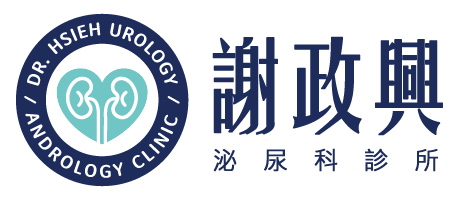Causes of Penile Curvature
Penile curvature may be congenital or acquired (most commonly due to Peyronie’s disease). Both types increase the risk of penile fracture, particularly during intercourse involving the “woman on top” position.
Surgical Timing:
- Congenital curvature: No effective non-surgical treatments; surgery can be scheduled anytime if no contraindications exist.
- Peyronie’s disease: Surgery typically delayed until the disease has stabilized for at least 6 months (no progression of plaque or curvature).
Surgery remains the mainstay treatment for both types. The surgical principles are generally similar.
Indications for Penile Curvature Surgery
| Condition | Surgical Consideration |
|---|---|
| Pain during erection | Yes |
| Inability to perform satisfactory intercourse due to curvature | Yes |
| Partner experiences pain during intercourse | Yes |
| Associated erectile dysfunction | Yes |
| Failed conservative treatment | Yes |
| Psychological distress | Yes |
| Desire for rapid, reliable results | Yes |
| Curvature >30° during erection | Yes |
| Curvature 10–30° with above symptoms | Yes |
Indications for Tunical Grafting (for Peyronie’s Disease)
| Condition | Surgical Consideration |
| Curvature >60° | Yes |
| Narrow or shortened penile shaft | Yes |
| Unstable penile shaft (hinge effect) | Yes |
| Large, calcified plaques | Yes |
Types of Penile Curvature Correction Surgery (See Table Below)
- Modified Nesbit Procedure (Hsu Procedure)
- Traditional Modified Nesbit Procedure
- Tunical Plication Surgery
- Modified Tunical Grafting and Lengthening Procedure
- Traditional Tunical Grafting and Lengthening Procedure
Table 1: Comparison of Penile Curvature Correction Surgeries
| Surgery Type | Modified Nesbit (Hsu) | Traditional Modified Nesbit | Tunical Plication | Modified Grafting & Lengthening | Traditional Grafting & Lengthening |
| Principle | Resect longer tunica | Resect longer tunica | Plicate longer tunica | Graft deep dorsal vein to extend shorter tunica | Graft material to extend shorter tunica |
| Anesthesia | Dual-local | Spinal/General | Spinal/General | Dual-local | Spinal/General |
| Surgery Time | 3–5 hrs | 1–3 hrs | 1–2 hrs | 5–6 hrs | 5–6 hrs |
| Suture Type | Fine | Coarse | Coarse | Fine | Coarse |
| Hemostasis | Microsutures | Electrocautery | Electrocautery | Microsutures | Electrocautery |
| Potential Complications | Minor swelling, bruising, palpitation | Infection, hematoma, granuloma, pain, ED (2–12.9%) | Recurrence >30% (12%), penile shortening, ED (0–38%), sensory loss (4–21%), etc. | Bruising, swelling, temporary ED, minor lymph edema | Infection, temporary glans sensory changes, ED (4–36%) |
| Correction Success Rate | >98% | 23–91% | 79–100% | 95% | 75–96% |
| Patient Satisfaction | >98% | 67–83% | 65–100% | 95% | 60–100% |
| Recurrence Rate | Low | Low | High | Low | Low |
| Surgical Difficulty | Moderate (+++) | Moderate (++) | Low (+) | High (++++) | High (++++) |
Notes:
*Fine sutures reduce granuloma and post-op pain.
*Avoiding electrocautery minimizes tissue damage and complications like chronic pain, infection, and poor healing.
Conclusion
There is no single gold standard for penile curvature correction. The ideal approach depends on the curvature’s severity and complexity. For severe deformities, combining grafting and modified Nesbit procedures can yield better outcomes and minimize penile shortening.
A personalized evaluation by a urologic specialist is essential before deciding the best treatment plan.
